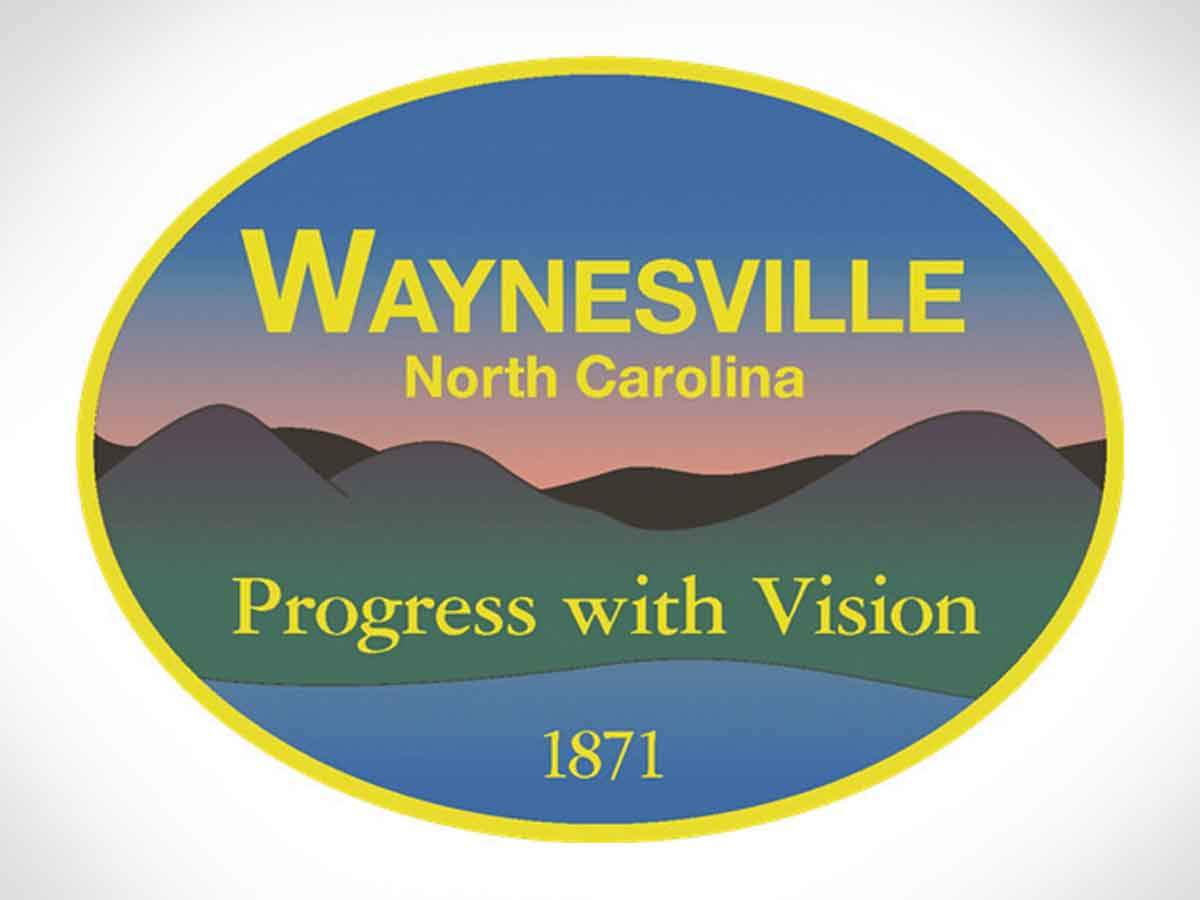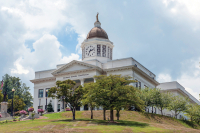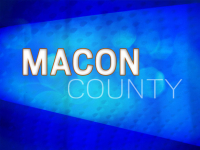East Street study tabled in Waynesville

For some time now, Waynesville’s East Street has been a bit of a goldilocks problem for the town — too fast, too slow or just right?
Whatever the case, Waynesville’s Town Council won’t be paying for another study to find out, at least for now.
Last October, Council Member Jon Feichter asked that the town conduct a study of 1.3-mile East Street, which begins on South Main Street and winds through residential areas to its eventual terminus at North Main Street. Some residents have complained about speeding on East Street, which is often used by motorists as a shortcut to get through town faster.
“What’s going to happen when the real work on Russ Avenue starts?” Feichter asked during a Jan. 9 Waynesville Town Council meeting. “Are we going to see some additional traffic on East Street as kind of a cut-through or a detour kind of thing?”
The North Carolina Department of Transportation has for years planned substantial alterations to Russ Avenue from Walnut Street to Dellwood Road, but the two separate projects have been delayed several times, for several reasons. They’re currently scheduled to begin construction in 2024 and 2030, according to the NCDOT website.
JM Teague Engineering and Planning put together a proposal for the town that would measure speeds and traffic volume, among other metrics. The proposal divides the street into four sections, allowing the town to pick and choose which sections it wants to study at $4,500 each, or $16,200 for the entire street.
Related Items
Every member of Council pushed back on Feichter’s request, starting with Julia Freeman.
“We’ve already done six studies, I understand, on this same street? And how much money have we already invested? And what’s going to be different between this new study versus the other six studies that have already been done?” Freeman asked.
Feichter said the difference would be that the proposed study would look at the entirety of the street as opposed to just one section.
“And, I would point out that obviously, we haven’t gotten it right in the previous six studies,” Feichter said.
Council Member Anthony Sutton said he felt that the previous study may have indeed gotten it right; speed cushions were installed — albeit incorrectly — and that purchasing another sign telling drivers their actual speed could solve the problem. If those measures don’t work, Sutton said, then another study might be warranted.
Town manager Rob Hites said that one of the computerized speed signs costs about as much as one of JM Teague’s proposed study segments.
If the study came back recommending the purchase of such a computer, the town would essentially be paying $4,500 for a study that recommends the purchase of a $4,500 computer, when the town could simply purchase the computer without the study and analyze the data on their own.
Trying to find unity, Sutton postulated that the entire Council could agree that there is a problem on East Street, but Council Member Chuck Dickson apparently did not.
“What is the problem?” Dickson asked.
Sutton said it was speeders. Dickson asked about accidents, and Hites said the thought there had only been three or four over the past few years. Hites added that the real issue may not be with speeders.
“The last study we had suggested that one of the biggest problems on East Street is traffic is too low, that the speed limit needs to be increased, not decreased. It needs to be 35,” he said, of the 750 or so vehicles that use the street daily. “So your study will probably show a recommendation to increase the speed.”
Dickson continued to push for the reasoning behind the study.
“If I thought it was a huge danger then I maybe would be in favor of this, but we have a traffic calming policy, citizen-driven, and we don’t have that for this area,” he said. “We don’t have a citizen request for this.”
Hites said he’d order a few more computers, but Dickson raised the possibility of moving the one from Sulphur Springs Road to East Street.
Without a consensus from Council, Hites said he’d consider the matter tabled.













